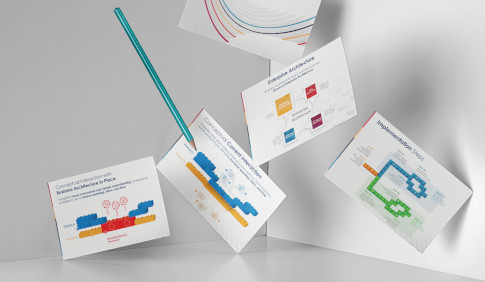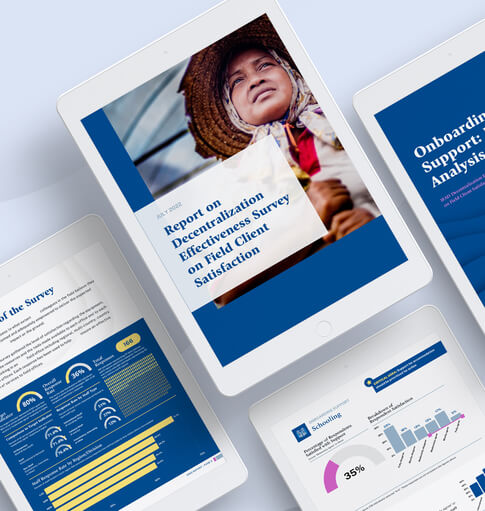Like many buzzwords, you may hear them once or twice and then seemingly suddenly, all the time. That’s the case with the term “hotwash.” While the term itself isn’t new, it’s one we are hearing used more and more in our practice and with client teams. Below, Consultant Karla Petty explains what a hotwash is, why they are useful, and how to incorporate them into your own operational process.
Hotwash Explained
A hotwash is a post-action review process where the goal is to evaluate performance immediately after an event or project. You may hear the terms “retro” or “retrospective” used in the same context. The term “hotwash” comes from U.S. military contexts. After firing a weapon, soldiers would dip it in hot water to remove residue. This quick post-action step made the later, more detailed cleaning much easier. The idea was to perform an immediate, efficient clean-up to prevent issues down the line. This concept has evolved into a post-action review process in professional settings, where by addressing what’s fresh in our minds we can improve efficiency and performance in future engagements.
In my work at The Clearing, a hotwash serves as a structured method to reflect immediately after an engagement or event. Whether it’s a day-long strategic planning session, a multi-day training program, or even a significant internal deliverable, a hotwash allows our team to identify areas for improvement and celebrate successes.
Whether you’ve worked with a team for years or just collaborated for the first time, a hotwash ensures that lessons learned are captured before moving on to the next task.
When conducting a hotwash, we ask three key questions:
- What went well?
- What could we improve for next time?
- Other observations: Are there any trends or emerging issues we should address?
Driving Successful Hotwash Outcomes
The goal of a hotwash is twofold:
- Identify Success Points: Acknowledge what went right, so you can repeat it in future projects.
- Highlight Areas for Improvement: No process is perfect. Identifying what didn’t work helps avoid repeating mistakes. Additionally, giving everyone a voice ensures that all perspectives are considered, leading to well-rounded improvements.
- Create Action Items: Don’t just say it, do it. Assign appropriate responsibilities.
As noted above, a standard hotwash involves three areas of focus. Here is a bit more detail on the purpose of each one.

Start by identifying what went well. Make sure everyone involved has a chance to share their perspective. I find starting with success helps teams be more open later on when examining areas for improvement.

Next, ask what could be done better in the future. This step is crucial for fine-tuning performance. It’s important to ensure this doesn’t feel like a blame session for team members, but instead a positive examination of opportunities.

Finally, invite any additional comments or feedback. Sometimes, this catches nuances that don’t fit into the first two categories.
Here’s an example of how we bring hotwashes to life at The Clearing. We are currently conducting a training series for a federal client that includes over 20 sessions spread across several months. Though it might seem excessive, we conduct a hotwash after each session. This practice has allowed us to quickly identify numerous opportunities to add value for our clients.
Each review allows us to make adjustments for the next session, whether it’s improving Zoom lighting for remote participants or enhancing the participant experience based on real-time observations and questions. By implementing these small, immediate changes, we ensure a smoother overall process and prevent key insights from being overlooked, which might happen if we waited until the end of all sessions to debrief.
Adding Hotwashes to Your Organization
As a leader, it’s tempting to move forward quickly, especially when you are holding multiple competing priorities. Regardless of the sector or industry, taking the time to add hotwashes into your standard operating procedures can make a meaningful impact on multiple areas, including employee experience, customer experience, and productivity. Hotwashes also make it easier to identify issues that may be hidden beneath a successful outcome. For example, a project might seem smooth from the outside, but team members might have struggled behind the scenes. Getting their input helps improve not just the product but the process, too.
For more on hotwashes or how to implement a feedback-focused culture at your organization, reach out anytime — our team looks forward to learning more about your organization and exploring opportunities for success.

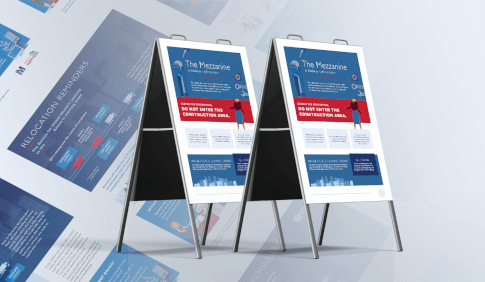
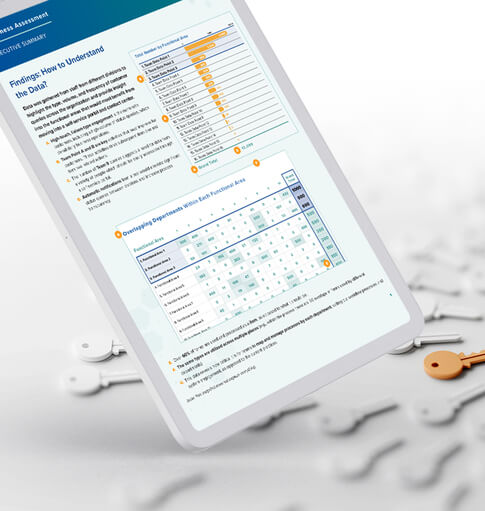



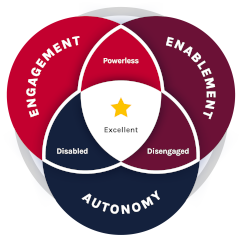 The Clearing’s Employee Experience
Improvement model, adapted from Itam
& Ghosh, 2020, focuses on three objectives:
The Clearing’s Employee Experience
Improvement model, adapted from Itam
& Ghosh, 2020, focuses on three objectives: 